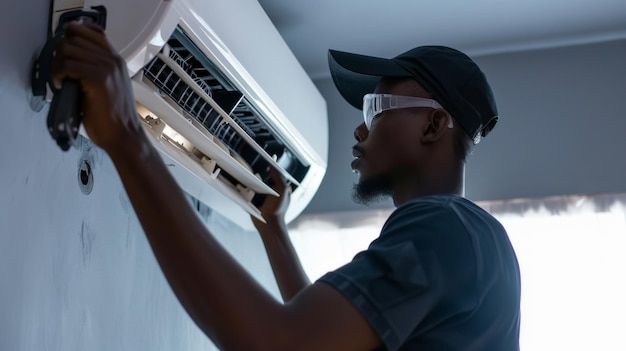In today’s global marketplace, consumers expect products to be safe, reliable, and compliant with international standards. Whether it’s electronics, toys, textiles, or household appliances, consumer product safety testing plays a crucial role in protecting public health and strengthening brand reputation. For manufacturers, importers, and retailers, safety testing is not only a legal requirement but also a competitive advantage.
What is Consumer Product Safety Testing?
Consumer product safety testing is the systematic evaluation of goods to ensure they meet regulatory requirements, industry standards, and customer expectations. It involves assessing factors such as:
Mechanical and physical safety (sharp edges, choking hazards, durability)
Chemical safety (toxicity, heavy metals, phthalates, formaldehyde, lead content)
Electrical and fire safety (short circuits, overheating, flammability)
Performance and usability (functionality, strength, stability)
By identifying hazards before products reach the market, safety testing prevents recalls, reduces liability risks, and builds consumer confidence.
Why Consumer Product Safety Testing is Important
Protects Consumers – Prevents injuries, health risks, and fatalities caused by unsafe products.
Ensures Legal Compliance – Meets national and international regulations such as:
CPSC (Consumer Product Safety Commission – USA)
REACH & RoHS (European Union)
ISO Standards
ASTM & EN Standards
Prevents Recalls and Penalties – Non-compliance can result in costly recalls, lawsuits, and damage to brand reputation.
Boosts Consumer Trust – Customers are more likely to purchase from brands that prioritize safety.
Supports Global Market Access – Passing safety tests ensures smooth entry into international markets.
Types of Consumer Product Safety Testing
Different product categories require specific testing methods. Some of the most common include:
1. Mechanical and Physical Testing
Ensures that products can withstand everyday use without causing harm. Example: Toys are tested for small parts that could pose a choking hazard to children.
2. Chemical Testing
Identifies harmful substances such as lead, cadmium, phthalates, and volatile organic compounds (VOCs). This is critical for products like cosmetics, clothing, and plastics.
3. Electrical and Electronic Testing
Verifies compliance with safety standards for electrical appliances, gadgets, and batteries. Testing includes checking insulation, wiring, and protection against fire hazards.
4. Flammability Testing
Determines how quickly a product ignites and burns. Essential for textiles, furniture, and electronics.
5. Environmental Testing
Examines product performance under conditions like humidity, temperature fluctuations, and UV exposure to ensure durability and safety.
6. Labeling and Packaging Verification
Ensures that packaging provides accurate safety information, age restrictions, warnings, and instructions.
Key Industries Requiring Consumer Safety Testing
Toys and Children’s Products – Strictly regulated due to child safety concerns.
Electronics and Electrical Appliances – Tested for shock, fire, and chemical hazards.
Textiles and Apparel – Checked for flammability and chemical safety.
Furniture and Home Goods – Evaluated for durability and fire resistance.
Cosmetics and Personal Care – Tested for toxic ingredients and allergens.
Food Contact Materials – Ensures packaging and utensils are safe for human health.
Benefits for Businesses
Investing in consumer product safety testing offers several business advantages:
Risk Mitigation – Prevents accidents and liability claims.
Brand Reputation – Builds customer loyalty and trust.
Market Expansion – Ensures compliance with international import/export requirements.
Innovation Support – Encourages safer product design and material selection.
Cost Savings – Detecting issues early reduces production and recall expenses.
The Role of Accredited Testing Laboratories
To ensure credibility, manufacturers must partner with ISO/IEC 17025 accredited laboratories. These labs provide:
Independent, third-party validation of product safety.
Detailed compliance reports recognized globally.
Guidance on corrective actions for non-compliant products.
Future of Consumer Product Safety Testing
With the rise of smart devices, wearable technology, and sustainable products, safety testing is evolving. New areas of focus include:
Cybersecurity testing for IoT devices
Eco-friendly materials testing for sustainability compliance
AI-driven predictive analysis to detect risks early
Stricter global harmonization of standards for cross-border trade
Conclusion
In a competitive marketplace, consumer product safety testing is no longer optional—it’s essential. By ensuring compliance with regulations, protecting users from harm, and building brand trust, safety testing supports both consumer welfare and long-term business growth.
For companies, investing in reliable testing and certification not only safeguards against risks but also opens doors to global opportunities. In short, safety testing is the foundation of quality assurance, compliance, and customer trust.



